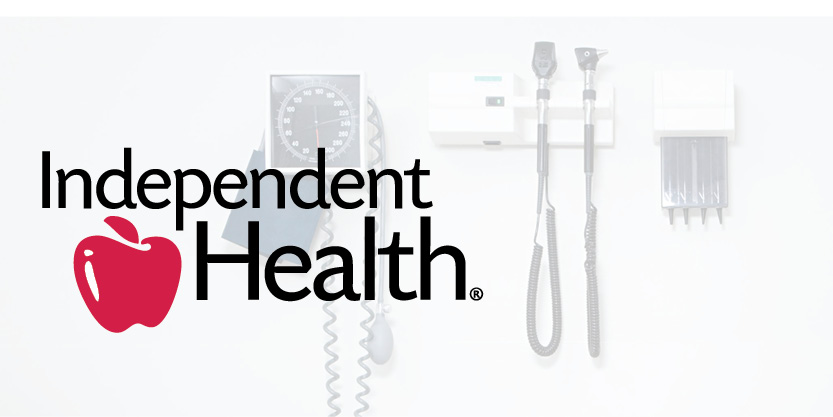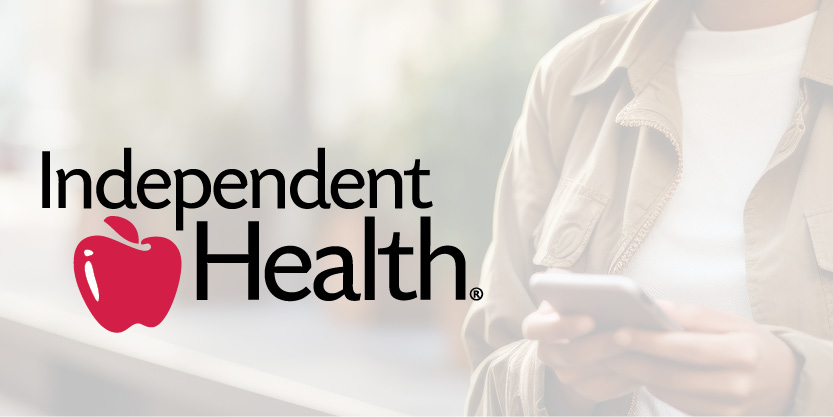Medical
The NY44 Healthcare Plans
The three healthcare plan options for the Western Region give you choices in premium, deductibles and coinsurance so you can select the plan that best fits your healthcare needs. The healthcare plans:
- Are administered by Nova/Independent Health and include:
- Access to one of the nation’s largest network providers
- Cost Savings with mandatory mail order administered by Pharmacy Provider
- Include vision coverage
- Offer free preventive care, including annual checkups and immunizations
- Allow access to services and online tools to help you manage your health, health decisions and health care dollars
Additional Information
Plan Selection
The plan’s network type is determined by your County of residence.
- POS (Point of Service) Area plan for enrollees residing within the eight counties of Western New York, including Erie, Niagara, Orleans, Genesee, Wyoming, Chautauqua, Cattaraugus and *Allegany in the State of New York. *Allegany County providers are determined by the school district’s location.
- PPO (Preferred Provider Organization) for enrollees whose permanent residence is outside the eight counties of Western New York (see above), the District of Columbia and the other forty-nine states of the United States.
Waiving Coverage
If you waive coverage during this enrollment period you can join the plan during the year only if you have a change in status event. If you do not have a change in status and during the plan year you wish to join the plan, you must wait until the next open enrollment.
Pre-tax Payments
Any contributions you make toward the cost of your medical plan can be made on a pre-tax basis, as allowed by your employer.
Coordination of Benefits
If you or your dependents are covered by more than one medical plan, the coordination of benefits (COB) feature goes into effect and provisions of both plans will be considered in paying benefits. One plan is primary and will pay its regular benefits; the other plan is secondary. The total benefit payments you receive will not exceed 100% of the expenses incurred.
Resources
Summary of Benefits
and Coverage
2024-2025 Plan Year
Summary Plan
Description
Traditional Plan
This plan does not include a deductible for in-network services. You will pay 100% of services received out-of-network until you meet the $1,000 single/$2,000 family deductible.
Core Plan
This plan does not include a deductible for in-network services. The Core Plan will pay the cost of some services before you reach the out-of-network deductible, but you may pay copayments and coinsurance for those services. You will pay 100% of services received out-of-network until you meet the $2,000 single/$5,000 family deductible.
Progressive Plan
This plan includes a $300 deductible per covered person, per coverage year for in-network services. Some in-network services may be covered before you reach the deductible, but copayments and coinsurance may apply. The deductible for out-of-network services is $3,000 individual/$6,000 family per coverage year. No out-of-network services are paid until the out-of-network deductible is met.
Resources
Independent Health Customer Service
If you have questions about medical procedures or medical services, please contact Independent Health Customer Service at 716-631-2661 or 800-257-2753 Monday through Friday between 8 a.m. and 9 p.m. Eastern Time.
Due to HIPAA policies, NY44 Health Trust employees and district employees cannot answer medical questions.
Independent Health 24-Hour Medical Help Line
Call 888-878-9174 to reach the Independent Health 24-hour Medical Help Line for access to experienced registered nurses 24 hours a day, 7 days a week. After dialing, ask for the 24-Hour Medical Help Line.
The Independent Health 24-hour Medical Help Line provides:
- Help for emergency and urgent calls
- Health Coaching
- Treatment Decision Support
- Audio Health Library
- Preventive Health Tips and Reminders
- Treatment Decision Support
- Non-emergency medical issues and advice
Emergency Room and Urgent Care
Trips to the Emergency Room can be lifesaving but they can be costly too. If you have a life-threatening situation, you should immediately go to the Emergency Room for treatment. In general, the Emergency Room is best used for:
- Chest pain or squeezing sensation in the chest
- Trouble breathing
- Seizure or loss of consciousness
- Severe abdominal pain
- Heavy or uncontrolled bleeding
- Large open wounds
- Major burns
- Spinal injuries
- Sudden paralysis or slurred speech
- Severe head injuries
- Poisoning or suspected overdose of medication
When you need medical attention right away for an unforeseen illness or injury but your health is not in serious danger, visit an Urgent Care Center. These facilities are best used for non-life threatening injuries or illnesses that require a physician’s attention on afternoons, evenings, weekends and holidays. The visit will cost less than an Emergency Room visit and you are likely to have a shorter wait time. There is no copay to visit an Urgent Care Center.
Common conditions treated at Urgent Care Centers include:
- Mild asthma attacks
- Ear infections
- Other minor infections
- Headaches
- Sprains and strains
- Minor broken bones
- Small cuts
- Minor burns and injuries
Click Here for more information and locations of Urgent Care Centers.


